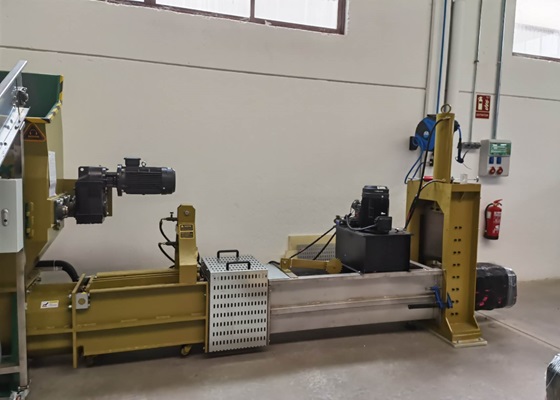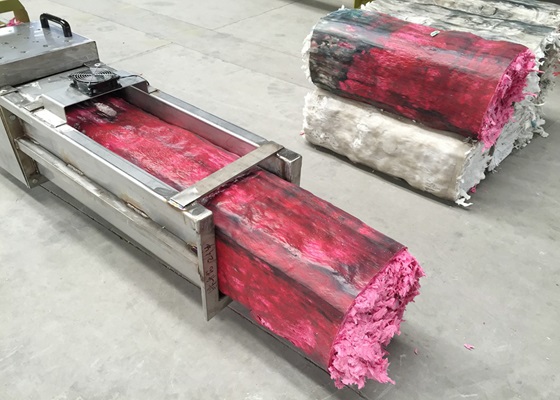How to Ensure the Quality of Recycled Materials Meets Standards in EPE Recycling
Japanese foam maker JSP acquires a 30% stake in General-Industries Deutschland, which is a German expanded polypropylene (EPP) and expanded polyethylene (EPE) recycler.
GID has been dedicated to EPP and EPE recycling for 25 years, collecting, sorting, compacting and pelletizing EPP and EPE waste from processors across Europe. The company's production site is located in the Hesse town of Eschweg and has 25 compactors. JSP and GID began collaborating in 2019, with GID producing PP reconstituted pellets, which JSP then manufactures into expanded PP beads with more than 90% recycled content. The acquisition comes as Germany’s plastics recycling rate hits a record high, reaching 67.5% by 2022. JSP said the acquisition ensures "long-term market access to high-quality recycled materials" in Europe.
Currently, many countries require that adding recycled materials in the production process of foam like EPE and so on, hence, how to make the quality and purity of recycled EPE materials meet the standard? EPE recycling and reuse mainly go through processes like crushing, compressing and granulation. After the final step of granulation, EPE waste can be converted into EPE foam particles, which are the raw materials of recycled products such as insulation boards. Only when every process of EPE recycling is completed with high demands can the quality of EPE foam particles meet the standard and then be put into the reproduction. Among them, crushing and compressing is the first step of EPE foam recycling, which determines the quality of EPE recycled materials. Using professional and reputable EPE foam compactor can improve the quality of recycled EPE materials to a large extent, convenient for the subsequent process. INTCO Recycling is the global leader in high-tech manufacturing through recycled materials, and the team developed GREENMAX foam compactor in order to carry out EPE recycling better.

GREENMAX Zeus Series foam compactor is specially designed for EPE recycling, which can compress the foam at the ratio of 50:1. And this recycling machine is equipped with the surface heating technology that can prevent expansion or loosening inside the foam, not affecting the compression effect. Because EPE foam has greater elasticity, this technology can effectively guarantee that the compressed foam blocks are in a compacted state, avoiding loosening. GREENMAX foam compactor can be equipped with accessories such as a metal sorting table and a conveyor belt. The metal sorting table can separate the metal components in the EPE foam and improve the purity of compressed EPE foam blocks. The conveyor belt facilitates EPE recycling and can easily feed the EPE waste into the foam compactor. Compressed EPE foam blocks can be sold to local recyclers for making recycled products, realizing EPE recycling.
INTCO Recycling wishes that we can give more help and support to global customers in the field of EPE recycling and increase the proportion of EPE recycled materials in foam production, forming a good close-loop recycling of EPE.

